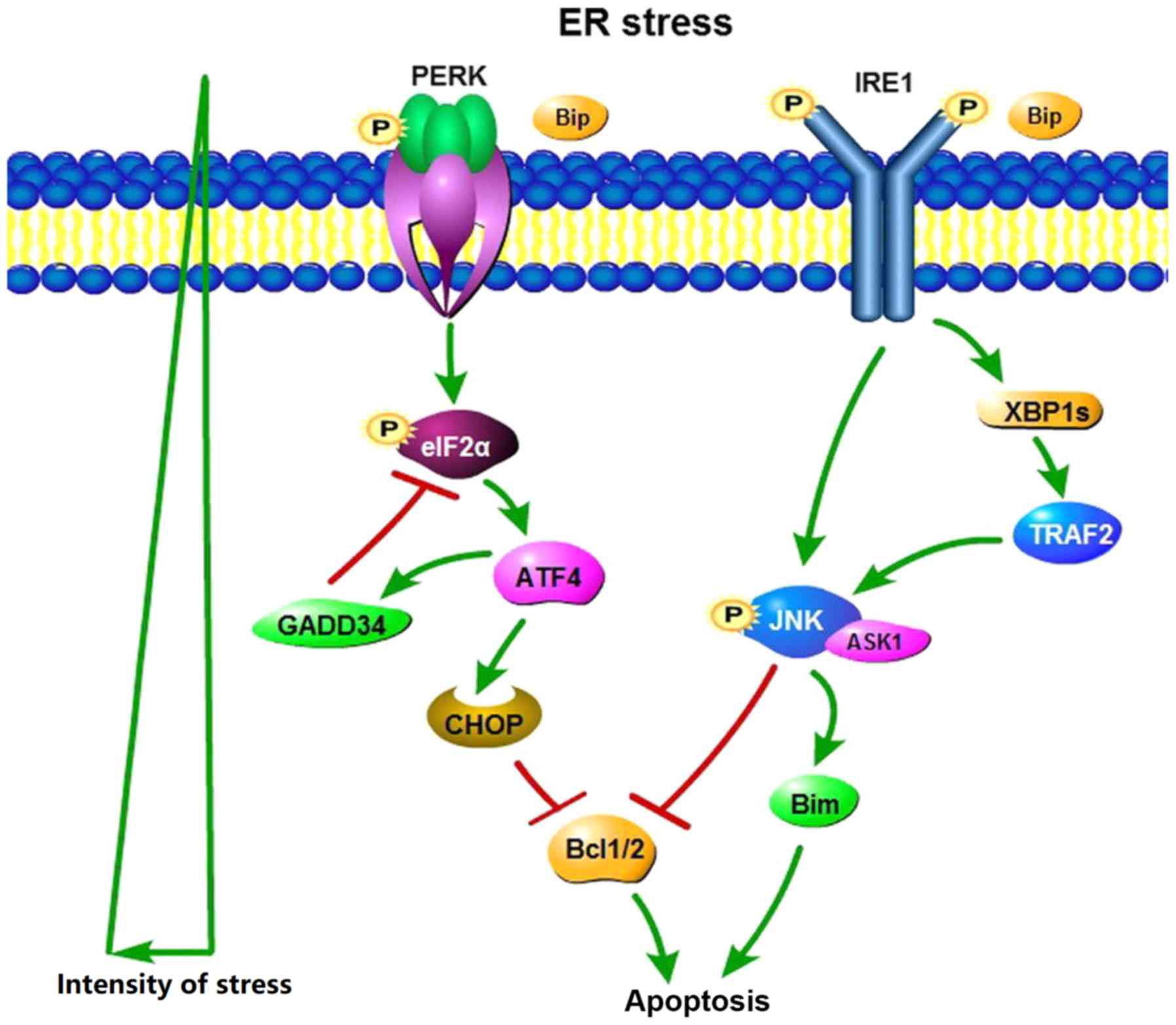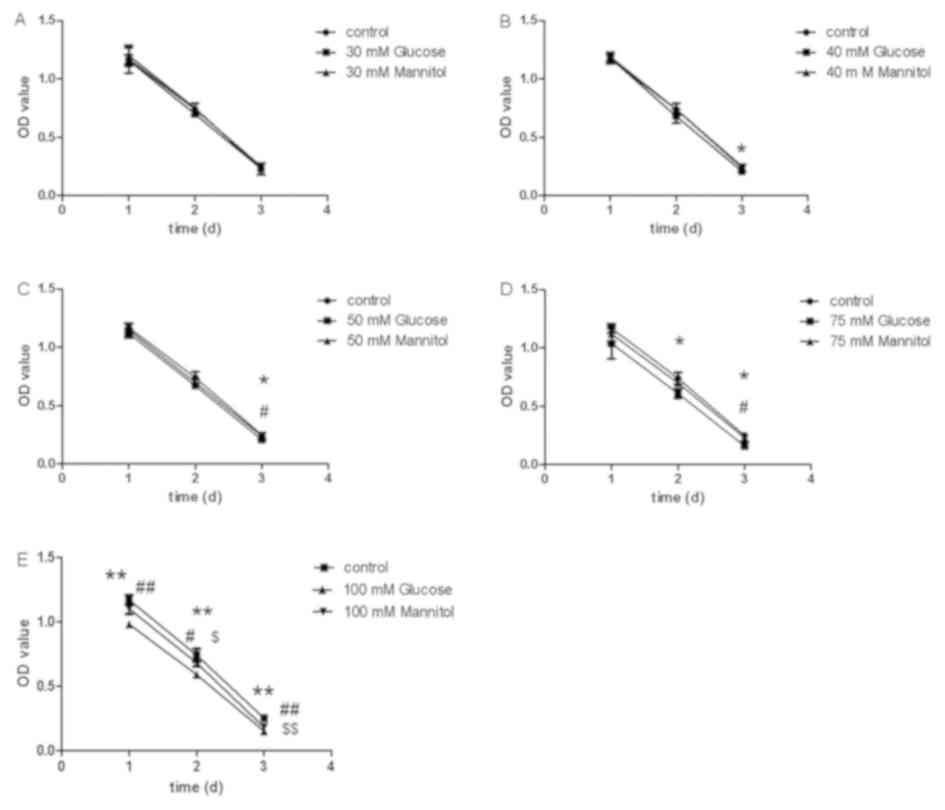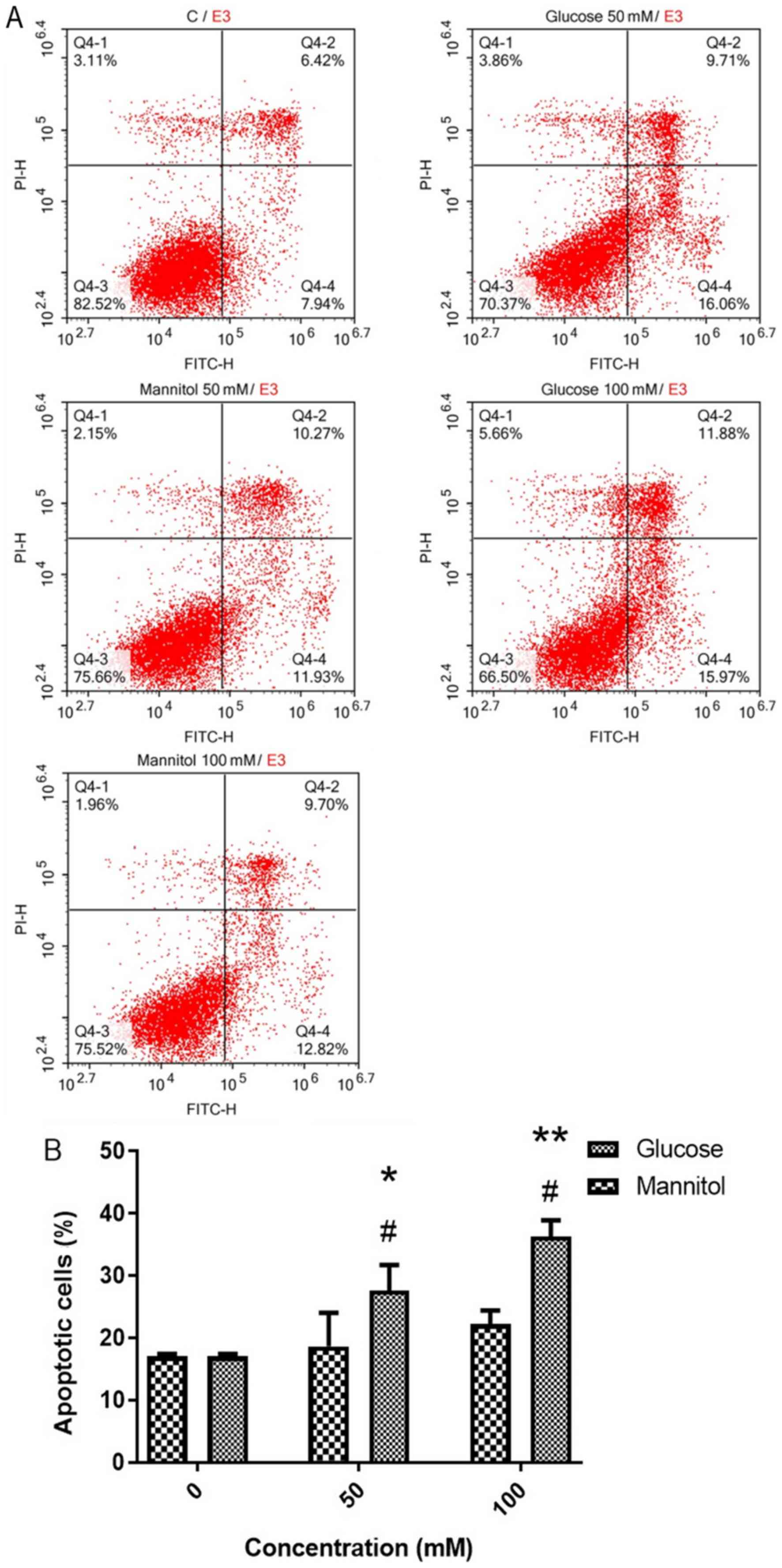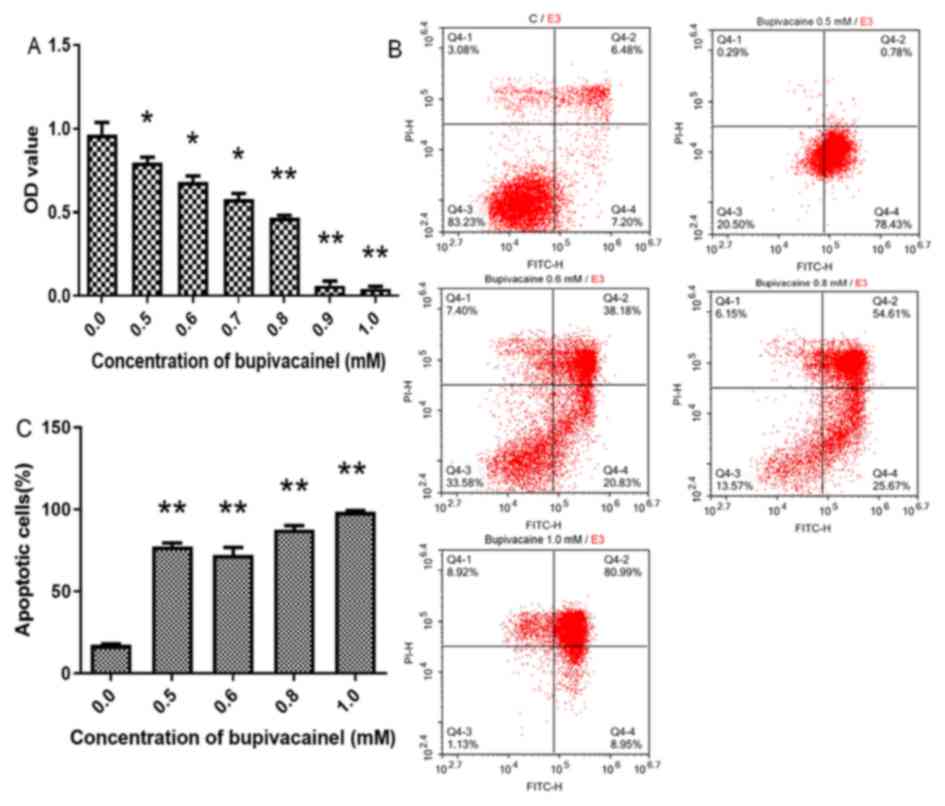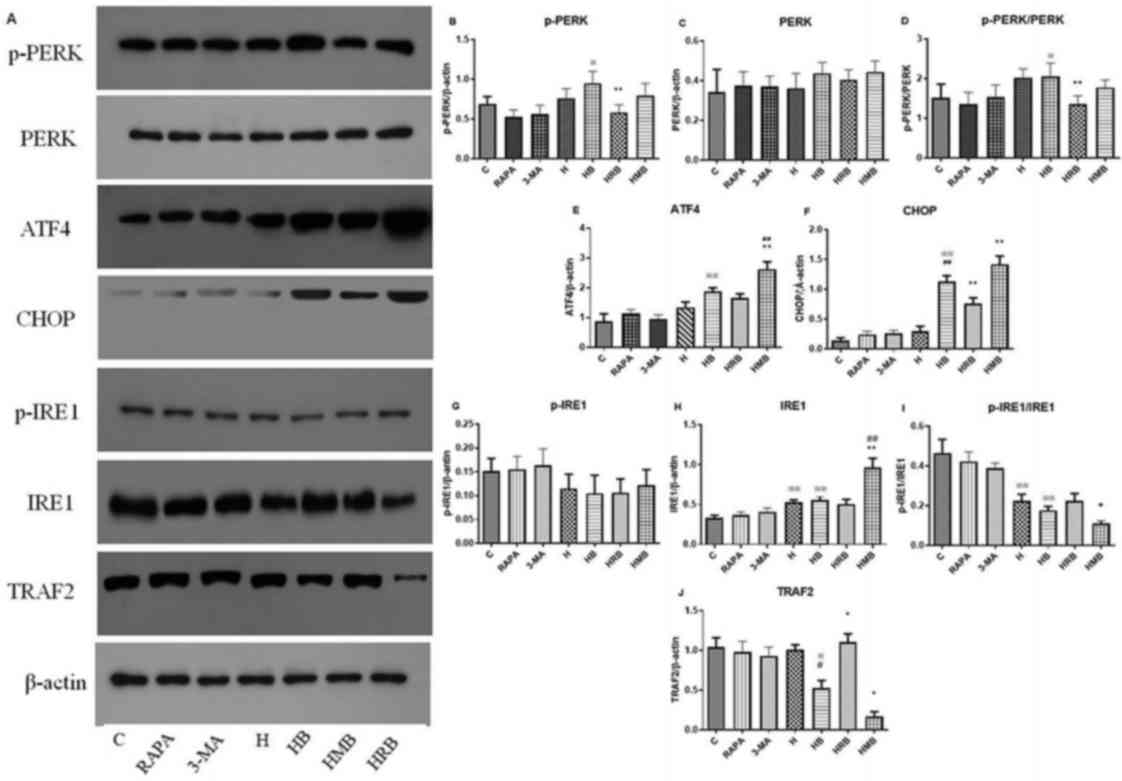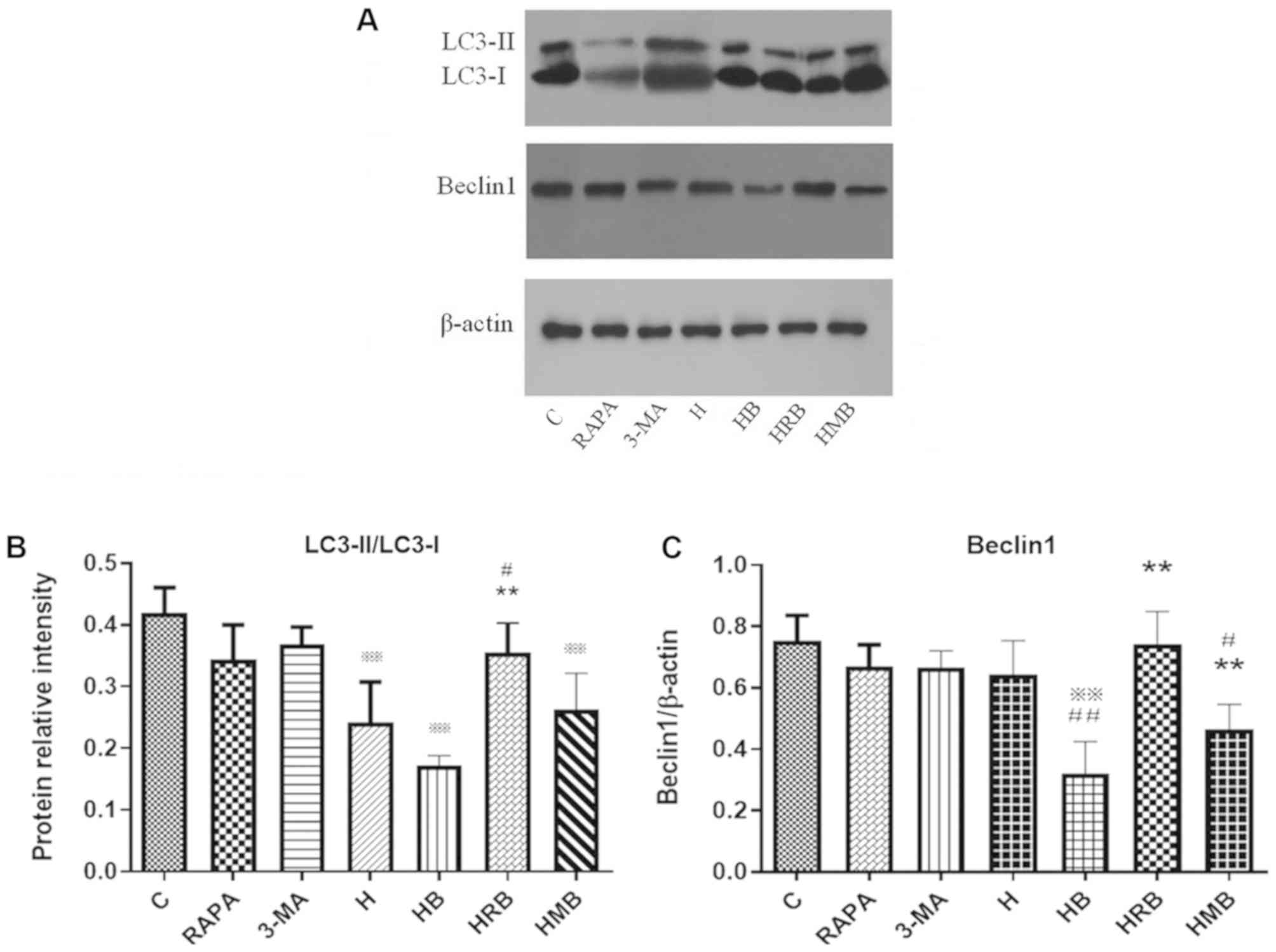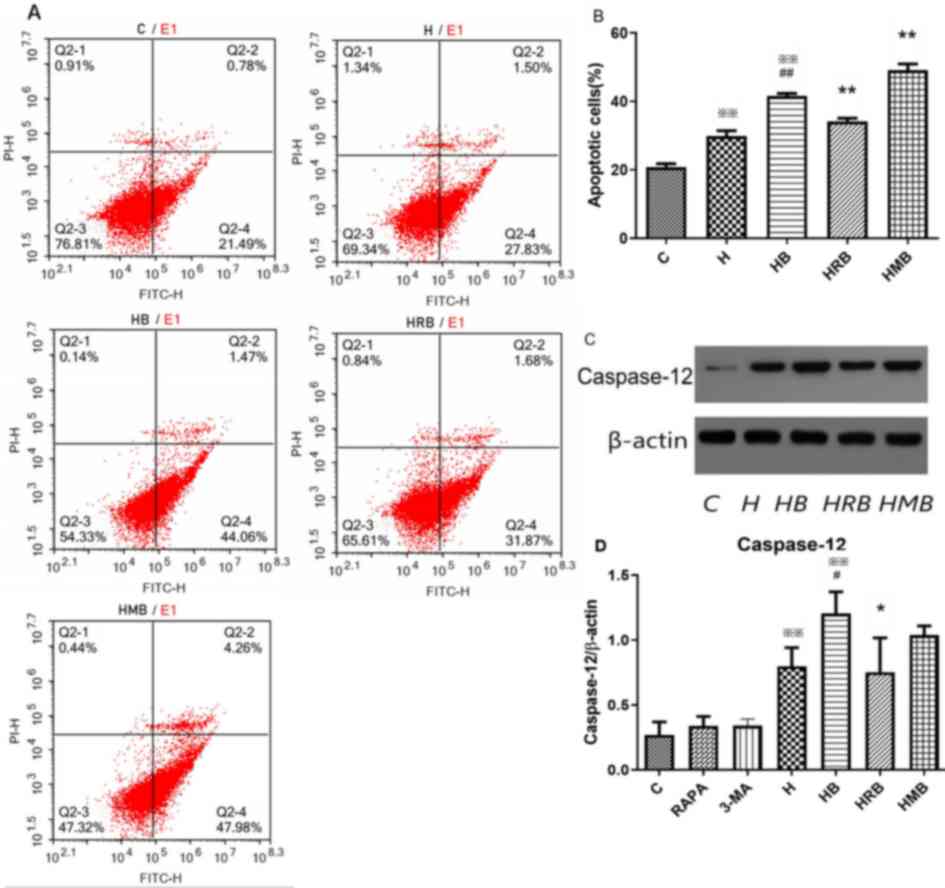|
1
|
Al-Nasser B: Toxic effects of epidural
analgesia with ropivacaine 0.2% in a diabetic patient. J Clin
Anesth. 16:220–223. 2004. View Article : Google Scholar : PubMed/NCBI
|
|
2
|
Moen V, Dahlgren N and Irestedt L: Severe
neurological complications after central neuraxial blockades in
Sweden 1990–1999. Anesthesiology. 101:950–959. 2004. View Article : Google Scholar : PubMed/NCBI
|
|
3
|
Capdevila X, Pirat P, Bringuier S,
Gaertner E, Singelyn F, Bernard N, Choquet O, Bouaziz H and Bonnet
F; French Study Group on Continuous Peripheral NerveBlocks, :
Continuous peripheral nerve blocks in hospital wards after
orthopedic surgery: A multicenter prospective analysis of the
quality of postoperative analgesia and complications in 1,416
patients. Anesthesiology. 103:1035–1045. 2005. View Article : Google Scholar : PubMed/NCBI
|
|
4
|
Lirk P, Birmingham B and Hogan Q: Regional
anesthesia in patients with preexisting neuropathy. Int Anesthesiol
Clin. 49:144–165. 2011. View Article : Google Scholar : PubMed/NCBI
|
|
5
|
Kalichman MW and Calcutt NA: Local
anesthetic-induced conduction block and nerve fiber injury in
streptozotocin-diabetic rats. Anesthesiology. 77:941–947. 1992.
View Article : Google Scholar : PubMed/NCBI
|
|
6
|
Blumenthal S, Borgeat A, Maurer K,
Beck-Schimmer B, Kliesch U, Marquardt M and Urech J: Preexisting
subclinical neuropathy as a risk factor for nerve injury after
continuous ropivacaine administration through a femoral nerve
catheter. Anesthesiology. 105:1053–1056. 2006. View Article : Google Scholar : PubMed/NCBI
|
|
7
|
Angadi DS and Garde A: Subclinical
neuropathy in diabetic patients: A risk factor for bilateral lower
limb neurological deficit following spinal anesthesia? J Anesth.
26:107–110. 2012. View Article : Google Scholar : PubMed/NCBI
|
|
8
|
Hebl JR, Kopp SL, Schroeder DR and
Horlocker TT: Neurologic complications after neuraxial anesthesia
or analgesia in patients with preexisting peripheral sensorimotor
neuropathy or diabetic polyneuropathy. Anesth Analg. 103:1294–1299.
2006. View Article : Google Scholar : PubMed/NCBI
|
|
9
|
Vincent AM, Brownlee M and Russell JW:
Oxidative stress and programmed cell death in diabetic neuropathy.
Ann N Y Acad Sci. 959:368–383. 2002. View Article : Google Scholar : PubMed/NCBI
|
|
10
|
Takahashi S, Izawa Y and Suzuki N:
Astroglial pentose phosphate pathway rates in response to
high-glucose environments. ASN Neuro. 4:e000782012. View Article : Google Scholar : PubMed/NCBI
|
|
11
|
Li L, Ye XP, Lu AZ, Zhou SQ, Liu H, Liu
ZJ, Jiang S and Xu SY: Hyperglycemia Magnifies Bupivacaine-Induced
Cell Apoptosis Triggered by Mitochondria Dysfunction and
Endoplasmic Reticulum Stress. J Neurosci Res. 91:786–798. 2013.
View Article : Google Scholar : PubMed/NCBI
|
|
12
|
Bursch W, Ellinger A, Kienzl H, Török L,
Pandey S, Sikorska M, Walker R and Hermann RS: Active cell death
induced by the anti-estrogens tamoxifen and in human mammary
carcinoma cells (MCF-7) in culture: The role of autophagy.
Carcinogenesis. 17:1595–1607. 1996. View Article : Google Scholar : PubMed/NCBI
|
|
13
|
Pearson GL, Mellett N, Chu KY, Cantley J,
Davenport A, Bourbon P, Cosner CC, Helquist P, Meikle PJ and Biden
TJ: Lysosomal acid lipase and lipophagy are constitutive negative
regulators of glucose-stimulated insulin secretion from pancreatic
beta cells. Diabetologia. 57:129–139. 2014. View Article : Google Scholar : PubMed/NCBI
|
|
14
|
Matsumoto H, Miyazaki S, Matsuyama S,
Takeda M, Kawano M, Nakagawa H, Nishimura K and Matsuo S: Selection
of autophagy or apoptosis in cells exposed to ER-stress depends on
ATF4 expression pattern with or without CHOP expression. Biol Open.
2:1084–1090. 2013. View Article : Google Scholar : PubMed/NCBI
|
|
15
|
Cebollero E, Reggiori F and Kraft C:
Reticulophagy and ribophagy: regulated degradation of protein
production factories. Int J Cell Biol. 2012:1828342012. View Article : Google Scholar : PubMed/NCBI
|
|
16
|
Hetz C: The unfolded protein response:
Controlling cell fate decisions under ER stress and beyond. Nat Rev
Mol Cell Biol. 3:89–102. 2012. View
Article : Google Scholar
|
|
17
|
Jäger R, Bertrand MJ, Gorman AM,
Vandenabeele P and Samali A: The unfolded protein response at the
crossroads of cellular life and death during endoplasmic reticulum
stress. Biol Cell. 104:259–270. 2012. View Article : Google Scholar : PubMed/NCBI
|
|
18
|
Kouroku Y, Fujita E, Tanida I, Ueno T,
Isoai A, Kumagai H, Ogawa S, Kaufman RJ, Kominami E and Momoi T: ER
stress (PERK/eIF2alpha phosphorylation) mediates the
polyglutamine-induced LC3 conversion, an essential step for
autophagy formation. Cell Death Differ. 14:230–239. 2007.
View Article : Google Scholar : PubMed/NCBI
|
|
19
|
Fujita E, Kouroku Y, Isoai A, Ueno T,
Isoai A, Kumagai H, Ogawa S, Kaufman RJ, Kominami E and Momoi T:
Two endoplasmic reticulum-associated degradation systems (ERAD) for
the novel variant of the mutant dysferlin; ubiquitin/proteasome
ERAD (I) and Autophagy/Lysosome ERAD (II). Hum Mol Genet.
16:618–629. 2007. View Article : Google Scholar : PubMed/NCBI
|
|
20
|
Scheuner D, Song B, McEwen E, Liu C,
Laybutt R, Gillespie P, Saunders T, Bonner-Weir S and Kaufman RJ:
Translational control is required for the unfolded protein response
and in vivo glucose homeostasis. Mol Cell. 7:1165–1176. 2001.
View Article : Google Scholar : PubMed/NCBI
|
|
21
|
Harding HP, Novoa I, Zhang Y, Zeng H, Wek
R, Schapira M and Ron D: Regulated translation initiation controls
stress-induced gene expression in mammalian cells. Mol Cell.
6:1099–1108. 2000. View Article : Google Scholar : PubMed/NCBI
|
|
22
|
Yoshida H, Matsui T, Yamamoto A, Okada T
and Mori K: XBP1 mRNA is induced by ATF6 and spliced by IRE1 in
response to ER stress to produce a highly active transcription
factor. Cell. 107:881–891. 2001. View Article : Google Scholar : PubMed/NCBI
|
|
23
|
Ron D and Hubbard SR: How IRE1 reacts to
ER stress. Cell. 132:24–26. 2008. View Article : Google Scholar : PubMed/NCBI
|
|
24
|
Back SH, Schroder M, Lee K, Zhang K and
Kaufman RJ: ER stress signaling by regulated splicing:
IRE1/HAC1/XBP1. Methods. 35:395–416. 2005. View Article : Google Scholar : PubMed/NCBI
|
|
25
|
Wang M and Kaufman RJ: The impact of the
endoplasmic reticulum protein-folding environment on cancer
development. Nat Rev Cancer. 14:581–597. 2014. View Article : Google Scholar : PubMed/NCBI
|
|
26
|
Tameire F, Verginadis II and Koumenis C:
Cell intrinsic and extrinsic activators of the unfolded protein
response in cancer: Mechanisms and targets for therapy. Semin
Cancer Biol. 33:3–15. 2015. View Article : Google Scholar : PubMed/NCBI
|
|
27
|
Oyadomari S and Mori M: Roles of
CHOP/GADD153 in endoplasmic reticulum stress. Cell Death Differ.
11:381–389. 2004. View Article : Google Scholar : PubMed/NCBI
|
|
28
|
Marciniak SJ, Yun CY, Oyadomari S, Novoa
I, Zhang Y, Jungreis R, Nagata K, Harding HP and Ron D: CHOP
induces death by promoting protein synthesis and oxidation in the
stressed endoplasmic reticulum. Genes Dev. 18:3066–3077. 2004.
View Article : Google Scholar : PubMed/NCBI
|
|
29
|
Zinszner H, Kuroda M, Wang XZ, Batchvarova
N, Lightfoot RT, Remotti H, Stevens JL and Ron D: CHOP is
implicated in programmed cell death in response to impaired
function of the endoplasmic reticulum. Genes Dev. 12:982–995. 1998.
View Article : Google Scholar : PubMed/NCBI
|
|
30
|
Davis RJ: Signal transduction by the JNK
group of MAP kinases. Cell. 103:239–252. 2000. View Article : Google Scholar : PubMed/NCBI
|
|
31
|
Dhanasekaran DN and Reddy EP: JNK
signaling in apoptosis. Oncogene. 27:6245–6251. 2008. View Article : Google Scholar : PubMed/NCBI
|
|
32
|
Hollien J, Lin JH, Li H, Stevens N, Walter
P and Weissman JS: Regulated Ire1-dependent decay of messenger RNAs
in mammalian cells. J Cell Biol. 186:323–331. 2009. View Article : Google Scholar : PubMed/NCBI
|
|
33
|
Tay KH, Luan Q, Croft A, Jiang CC, Jin L,
Zhang XD and Tseng HY: Sustained IRE1 and ATF6 signaling is
important for survival of melanoma cells undergoing ER stress. Cell
Signal. 26:287–294. 2014. View Article : Google Scholar : PubMed/NCBI
|
|
34
|
Nakagawa T and Yuan J: Cross-talk between
two cysteine protease families: Activation of Caspase12 by calpain
in apoptosis. J Cell Biol. 150:887–894. 2000. View Article : Google Scholar : PubMed/NCBI
|
|
35
|
Lai E, Teodoro T and Volchuk A:
Endoplasmic Reticulum Stress: Signaling the Unfolded Proteinv
Response. Physiology. 22:193–201. 2007. View Article : Google Scholar : PubMed/NCBI
|
|
36
|
Nakagawa T, Zhu H, Morishima N, Li E, Xu
J, Yankner BA and Yuan J: Caspase12 mediates
endoplasmic-reticulum-specific apoptosis and cytotoxicity by
amyloid-beta. Nature. 403:98–103. 2000. View Article : Google Scholar : PubMed/NCBI
|
|
37
|
Rao RV, Hermel E, Castro-Obregon S, del
Rio G, Ellerby LM, Ellerby HM and Bredesen DG: Coupling endoplasmic
reticulum stress to the cell death program. Mechanism of Caspase
activation. J Biol Chem. 276:33869–33874. 2001. View Article : Google Scholar : PubMed/NCBI
|
|
38
|
Di Giulio AM, Lesma E, Germani E and Gorio
A: Inhibition of high glucose-induced protein mono-ADP-ribosylation
restores neuritogenesis and sodium-pump activity in SY5Y
neuroblastoma cells. J Neurosci Res. 57:663–669. 1999. View Article : Google Scholar : PubMed/NCBI
|
|
39
|
Walter P and Ron D: The unfolded protein
response: From stress pathway to homeostatic regulation. Science.
334:1081–1086. 2011. View Article : Google Scholar : PubMed/NCBI
|
|
40
|
Ogata M, Hino S, Saito A, Morikawa K,
Kondo S, Kanemoto S, Murakami T, Taniguchi M, Tanii I, Yoshinaga K,
et al: Autophagy is activated for cell survival after endoplasmic
reticulum stress. Mol Cell Biol. 26:9220–9231. 2006. View Article : Google Scholar : PubMed/NCBI
|
|
41
|
Lin JH, Li H, Yasumura D, Cohen HR, Zhang
C, Panning B, Shokat KM, Lavail MM and Walter P: IRE1 signaling
affects cell fate during the unfolded protein response. Science.
318:944–949. 2007. View Article : Google Scholar : PubMed/NCBI
|
|
42
|
Duffy A, Le J, Sausville E and Emadi A:
Autophagy modulation: A target for cancer treatment development.
Cancer Chemother Pharmacol. 75:439–447. 2015. View Article : Google Scholar : PubMed/NCBI
|
|
43
|
He C and Klionsky DJ: Regulation
mechanisms and signaling pathways of autophagy. Annu Rev Genet.
43:67–93. 2009. View Article : Google Scholar : PubMed/NCBI
|
|
44
|
Hailey DW, Rambold AS, Satpute-Krishnan P,
Mitra K, Sougrat R, Kim PK and Lippincott-Schwartz J: Mitochondria
supply membranes for autophagosome biogenesis during starvation.
Cell. 141:656–667. 2010. View Article : Google Scholar : PubMed/NCBI
|
|
45
|
Hoyer-Hansen M, Bastholm L, Szyniarowski
P, Mitra K, Sougrat R, Kim PK and Lippincott-Schwartz J: Control of
macro autophagy by calcium, calmodulin-dependent kinase
kinase-beta, and Bcl-2. Mol Cell. 25:193–205. 2007. View Article : Google Scholar : PubMed/NCBI
|
|
46
|
Taylor CW, Taufiq-Ur-Rahma n and Pantazaka
E: Targeting and clustering of IP3 receptors: Key determinants of
spatially organized Ca2+ signals. Chaos. 19:0371022009.
View Article : Google Scholar : PubMed/NCBI
|
|
47
|
Hyrskyluoto A, Reijonen S, Kivinen J,
Lindholm D and Korhonen L: GADD34 mediates cytoprotective autophagy
in mutant huntingtin expressing cells via the mTOR pathway. Exp
Cell Res. 318:33–42. 2012. View Article : Google Scholar : PubMed/NCBI
|















